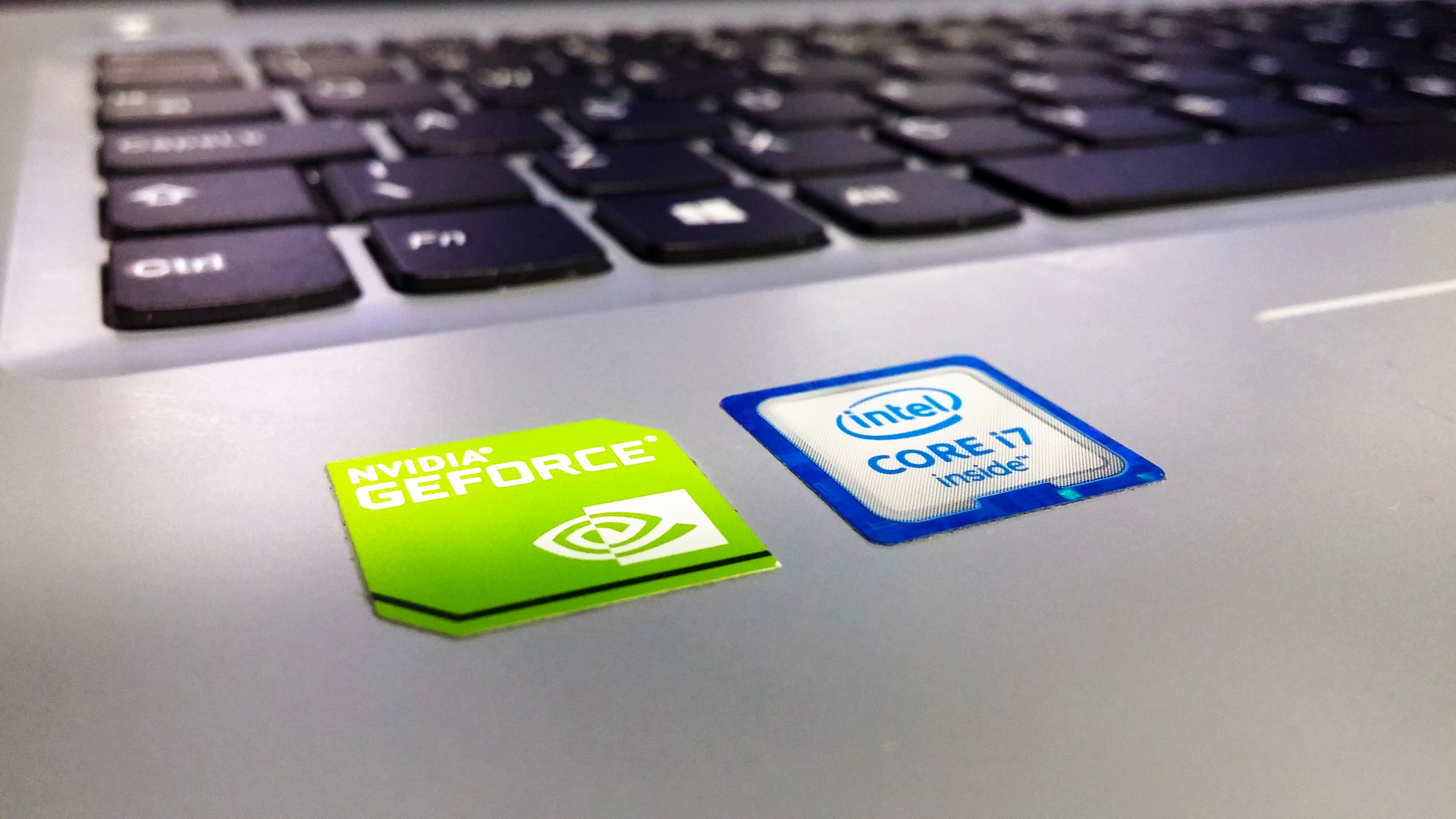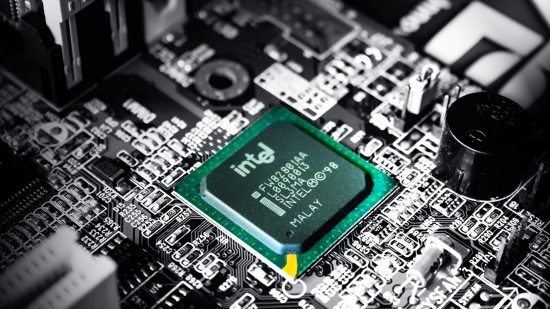Moving away from gaming laptops to full-fledged gaming PCs, Intel has not long launched the first of its desktop Arc graphics cards: the A380. Unfortunately, it’s failing to make a splash against even the most budget of competitors and it’s only available in China. The rest of the world is still waiting, ready to see what team blue will have to offer in an industry that’s currently a duopoly, dominated by both AMD Radeon and Nvidia GeForce GPUs.
With rumours that the Arc desktop GPUs may not have a worldwide release until Q4 of this year, it seems evident that Intel has delayed launching Alchemist – its first series in a long line of planned discrete graphics cards. What’s perhaps most damaging is that the CPU giant appears reluctant to give any official statement about why it’s not yet out, though speculation says it’s down to the drivers.
Originally, it seemed as though the hardware would be coming at the start of the year, which is a marked difference to what seems to be the case now. Of course, the mobile GPUs have started rolling out, but there doesn’t seem to have been a lot of fanfare. As for the desktop variants, with the exception of a quiet release in China, everyone’s been left waiting.
 The biggest backlash to all this is that the Arc graphics cards are going to seem outdated as soon as they arrive. Given that Nvidia may be launching Lovelace this September, with rival AMD not far behind, Intel’s first attempt may struggle to make a significant splash, pitting what’s expected to be current-gen hardware against next-gen options – even if the high-end model sounds great in terms of performance.
The biggest backlash to all this is that the Arc graphics cards are going to seem outdated as soon as they arrive. Given that Nvidia may be launching Lovelace this September, with rival AMD not far behind, Intel’s first attempt may struggle to make a significant splash, pitting what’s expected to be current-gen hardware against next-gen options – even if the high-end model sounds great in terms of performance.
If anyone’s to give the two captains of industry a run for their money, I genuinely felt Intel would stand a chance. Having more choice, and from alternative companies, is something that gamers will benefit from. But now I’m left with the impression that it doesn’t seem to matter. What will Intel bring to the table that isn’t already on offer?
Hoping to rival the likes of the RTX 3070 – maybe even the RTX 3070 Ti – it’s possible that this first round of Arc desktop cards will still be quite impressive, but it’ll be playing catch-up. On top of that, why purchase an Arc card that’s as good as the RTX 3070 if you can just… buy the 3070? Prices are dropping at a rate of knots, so unless Intel is prepared to lower MSRPs to undercut the competition, it doesn’t seem as though it will be offering a lot, just more choice.
That isn’t to say more choice is a bad thing. But the lack of Intel graphical hardware at a critical point in the industry when everyone else is moving forward does not bode well for team blue. The company can’t even boast about its Xe Super Sampling (XeSS), it’s equivalent to Nvidia DLSS and AMD FSR upscaling tech. It’s open source, as Intel itself says, so you don’t even need an Arc card to benefit from it.
 Look, I can see that this is sounding like such a negative response to the delays. This isn’t meant to be some scathing commentary about how Arc stands no chance against the upcoming Lovelace and RDNA 3 architectures. But you have to admit, it’s going to be difficult for the CPU firm to convince people it’s the next best thing when it’s only gunning for current generation standards, not to mention the uncharted waters of brand new firmware and software.
Look, I can see that this is sounding like such a negative response to the delays. This isn’t meant to be some scathing commentary about how Arc stands no chance against the upcoming Lovelace and RDNA 3 architectures. But you have to admit, it’s going to be difficult for the CPU firm to convince people it’s the next best thing when it’s only gunning for current generation standards, not to mention the uncharted waters of brand new firmware and software.
I don’t mind more time in the metaphorical oven, as – like anyone – I want a solid, working product. The company has an uphill battle to prove it’s worth a shot against two tried and tested brands, and it has one chance to make a first impression. A borked GPU certainly won’t help matters, but neither will a flagship graphics card that rivals components that are very nearly considered over the hill even without a delay.
 Intel subtly changing from a ‘Q1 2022’ release to just a ‘2022’ launch says to me that we’re going to be sitting here for a while. The only saving graces here are that Alchemist should be able to offer competitive, current gen prices and it’s the first in a long line of planned GPUs, including Battlemage, Celestial, and Druid.
Intel subtly changing from a ‘Q1 2022’ release to just a ‘2022’ launch says to me that we’re going to be sitting here for a while. The only saving graces here are that Alchemist should be able to offer competitive, current gen prices and it’s the first in a long line of planned GPUs, including Battlemage, Celestial, and Druid.
It’s unclear how much of Intel’s roadmap is pinned on the initial success of its debut outing, as it has the resources to withstand a false start. After all, Intel isn’t some upstart working from someone’s shed. It’s one of the biggest technology companies in the world. If anyone has the ability to break into an airtight duopoly to offer a real alternative to Nvidia and AMD, Intel’s it. That said, even the mighty Intel can’t afford to delay its GPUs for too much longer – especially with its first attempt paling in comparison to the Nvidia RTX 3050 and three-year-old GTX 1650.
